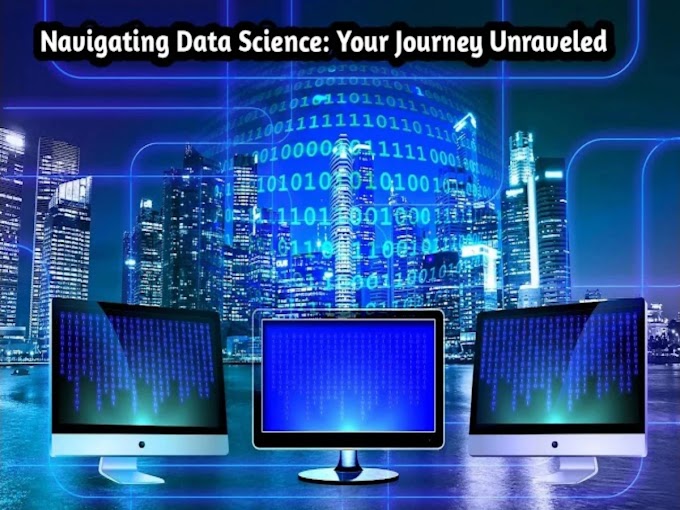Introduction to Artificial Intelligence (AI)
Artificial intelligence (AI) is a field that has evolved significantly over the years, rooted in the conceptualization of programmable machines and the foundation of neural networks. This article tells us the evolutionary journey of Artificial Intelligence (AI), spanning from its conceptual roots in programmable machines and neural networks to the contemporary landscape. Highlighting key milestones such as the coining of the term "artificial intelligence" in 1956 and the emergence of breakthroughs in the 1990s, the narrative navigates through highs and lows in AI development. The exploration extends into subsequent decades, showcasing strides in machine learning, natural language processing, and the rise of influential products. From the advent of voice assistants and the foundation of OpenAI in the 2010s to the emergence of generative AI in the 2020s, the article captures the dynamic evolution of AI models and services. It concludes by addressing ethical considerations and emphasizing the importance of responsible and inclusive AI development and deployment in the face of advancing technology.
Coining of the Term AI (1956)
The term "artificial intelligence" was coined during a 1956 conference, where pioneers presented the Logic Theorist, considered the first AI program.
Highs and Lows in AI Development
Decades later, the 1970s and 1980s faced challenges in achieving artificial general intelligence, leading to the first "AI Winter." However, the 1990s marked a resurgence with increased computational power and data.
Breakthroughs in the 1990s
Breakthroughs in natural language processing (NLP), computer vision, and robotics occurred, with IBM's Deep Blue defeating a chess champion in 1997.
Strides in the 2000s
The 2000s saw further strides in machine learning, NLP, and the introduction of influential products like Google's search engine and Amazon's recommendation system.
The Rise of Voice Assistants and GPT-3 (2010s)
The 2010s brought voice assistants like Siri and Alexa, victories by AI systems in games like Jeopardy and Go, and the foundation of OpenAI, developers of the GPT-3 language model.
Emergence of Generative AI (2020s)
In the 2020s, generative AI emerged, allowing technology to produce new content based on prompts. This era witnessed remarkable capabilities in language models like ChatGPT-3, Google's Bard, and Microsoft's Megatron-Turing NLG.
Evolution of AI Tools and Services
AI tools and services rapidly evolved, driven by innovations like the 2012 AlexNet neural network, enabling high-performance AI on GPUs and large datasets.
Collaboration Among Tech Giants
Collaboration among tech giants like Google, Microsoft, and OpenAI, along with hardware innovations by Nvidia, facilitated running ever-larger AI models with improved performance and scalability.
Advancements
Transformers and Hardware Optimization Key advancements include transformers automating AI training on unlabeled data and hardware optimization by vendors like Nvidia, resulting in a million-fold improvement in AI performance.
Generative Pre-trained Transformers (GPTs)
Generative pre-trained transformers (GPTs) now allow fine-tuning AI models for specific tasks at a reduced cost and time compared to training from scratch. GPT, or Generative Pre-trained Transformer, is a family of AI models created by OpenAI. The latest, GPT-4, generates human-like text based on prompts, even working with images. It's used in ChatGPT for conversation, but its applications extend to answering questions, content creation, editing, summarizing, translation, brainstorming, and more. Trained on vast unlabeled internet data, it uses a deep learning neural network with 175 billion parameters. Despite token-based understanding and transformer architecture, GPT doesn't truly comprehend text. OpenAI focuses on making GPT safe through alignment with human values, using reinforcement learning with human feedback.
AI Cloud Services
AI cloud services from leading providers like AWS, Google Cloud, Microsoft Azure, IBM, and Oracle aim to streamline data preparation, model development, and application deployment. AI Cloud combines artificial intelligence and cloud computing, allowing businesses to seamlessly use AI tools and algorithms. It processes big data quickly, automates tasks, enhances decision-making, and offers scalability. Top providers include AWS, Azure, HPE GreenLake, Google Cloud, and IBM Cloud. AI cloud services provide accessible, scalable, and cost-effective AI capabilities, aiding tasks like machine learning, predictive analytics, and natural language processing. Cloud-based AI is used for various applications, from cybersecurity to healthcare, enabling organizations to leverage advanced technology without the need for on-premises infrastructure.
Cutting-edge AI Models as Services
Cutting-edge AI models are offered as services, with OpenAI providing large language models optimized for various tasks, and Nvidia taking a cloud-agnostic approach. AI Superior specializes in cutting-edge AI technologies, such as Deep Learning, which mimics the brain's neural network for advanced insights. Reinforcement Learning trains AI through rewards and punishments for better decision-making. Generative Adversarial Networks (GANs) create new content by learning patterns, fooling a model to generate realistic outputs. AI Superior excels in mastering these technologies.
Ethical Considerations in AI
Despite advancements, ethical considerations arise in AI, particularly regarding biases in machine learning algorithms, necessitating addressing and monitoring biases for fair and unbiased outcomes.
Summary
Milestones, Challenges, and Responsible AI In summary, the journey of AI involves significant milestones, challenges, and collaborative efforts shaping the technology landscape. As AI tools and services continue to advance, ethical considerations remain paramount for responsible and inclusive AI development and deployment.









